Instruction
The Wedge Guy: Fixing what’s broke
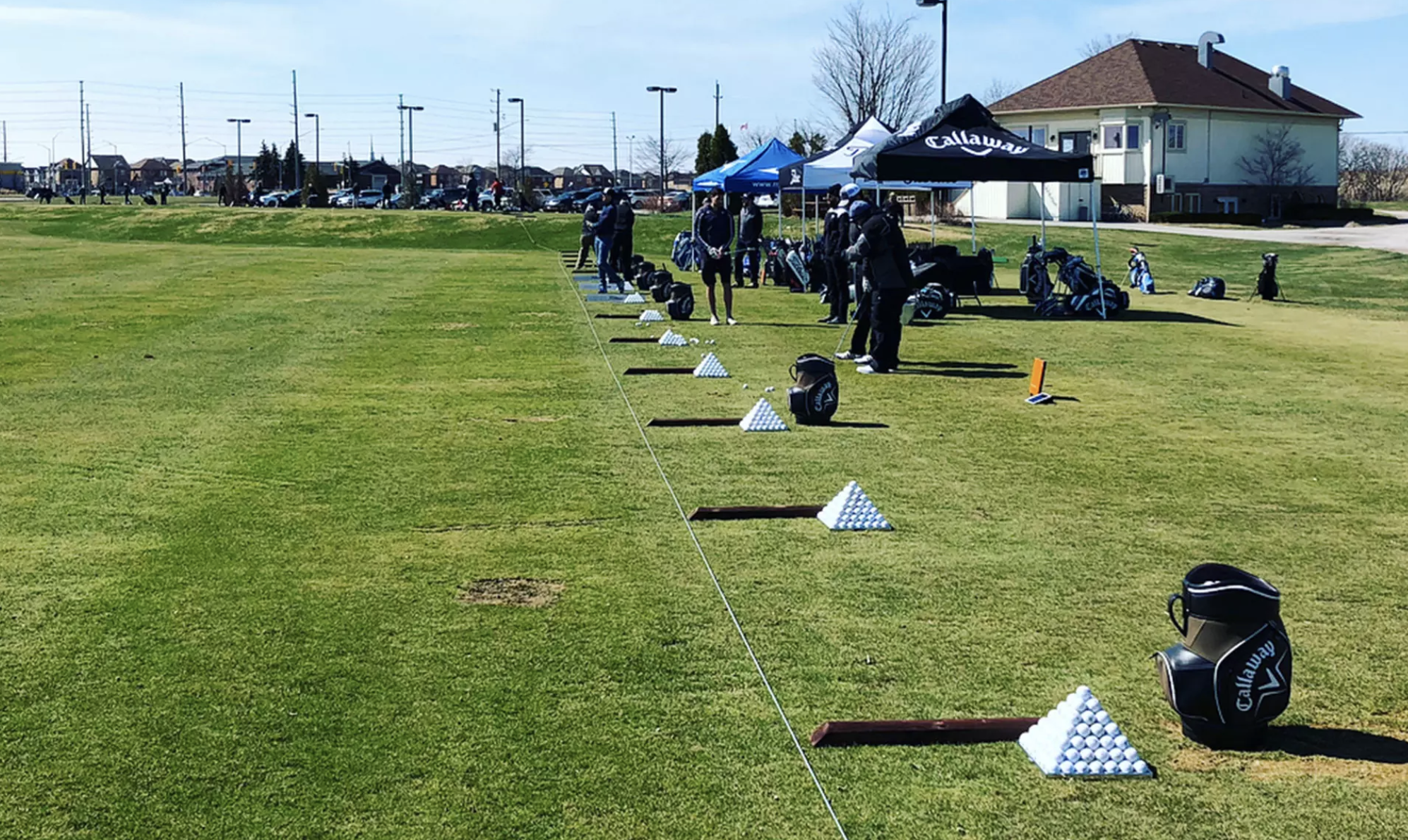
Understand that today’s post is coming from a bona fide lifetime range rat. I’ve always loved time on the range, hitting ball after ball after ball, trying to become the best ball-striker and shotmaker I could be. My Dad’s advice as I was growing into the game was always, “there’s nothing wrong with your game another five thousand practice balls won’t fix.”
My childhood idol was Ben Hogan, so I studied his books, “Power Golf” and “Five Lessons: The Modern Fundamentals of Golf,” relentlessly. And I made myself into a pretty good player, with the strength of my game always being hitting fairways and greens. To be honest, the chipping/pitching/putting part of the game just didn’t interest me all that much.
Maybe because my father and my brother were both such good putters and pretty effective around the greens, I felt like my mark had to be through outstanding ball-striking.
But as I got older, I realized that any measurable gains I might make on becoming a better player would be through improving my scoring skills. Even the best players in the game only hit 12-14 greens per round, and I’ve always been right there. But PGA players turn that into 65s and 68s, while I turned mine into 71s and 75s, or worse.
The point of sharing that is to encourage all of you to – as we enter the 2022 season – to honestly and candidly assess where it is your game can use the most improvement. And my bet is – regardless of your handicap – you’ll find that answer is within 50-75 yards from the flag. Whether your goal is to break 90 or par, you’ll likely find that the shots that kept you from that goal are happening much closer to the green than the tee.
- How often do you miss a putt under 6-8 feet for par or bogey?
- How often do you hit a chip or pitch shot that leaves you outside that range . . . or completely misses the green? I’ve always said when you have a wedge in your hand for the second shot in a row, you have completely thrown one or more shots away.
- So, unless you are committed to instruction and the long-term process of changing your swing to change your ball-striking consistency, your time would be better spent honing your short game skills and your putting, and here’s where I think we can divide into two primary groups – those looking to break 80 and those looking to break 90 or 100.
For you higher handicap players, I advise your practice time be invested in two primary areas:
- Learning to hit a basic pitch and chip shot so that you can do it with confidence and consistency. Your goal is to make sure a missed green (of which you have 13-15 per round) leads to nothing worse than a bogey almost all the time. Go to your golf professional and invest the time and money to learn a technique for chipping and pitching that is reliable and repeatable.
- Practice making putts of eight feet or less. If you can get better in this range, it will take pressure off your short game and lower your scores. Again, get a pro to help if you need to, as these putts are usually pretty straight and a sound technique will improve your performance quickly.
For you more advanced players trying to break 80, 75 or even par, your goals are not all that different:
- Learn how to hit a variety of shots around the greens. Even if you tend to always pull the sand or lob wedge, spend some time seeing what your other wedges can do. I find it a lot easier to just change clubs to make the ball fly lower and release a bit more, than I do to try to manipulate my technique to achieve those goals.
- Know when to be bold, when not to. Sometimes a missed green leaves us short-sided or with a high-difficulty recovery. If you aren’t sure you know that shot and can pull it off, play away from the hole and take your medicine with a bogey. Doubles usually come from those greenside shots that are the most risky.
- Like the other golfers, improve your statistics inside eight feet. That means working on your stroke a bit, but more likely working on your routine. Get your line, focus your attention on the putt and relax . . . make a sound stroke.
So, there is my advice for today. If it ain’t broke, don’t fix it — and really analyze what might be broke.
- LIKE69
- LEGIT15
- WOW3
- LOL1
- IDHT1
- FLOP1
- OB1
- SHANK4
Instruction
Kelley: How the concept of a punching motion can change your golf swing
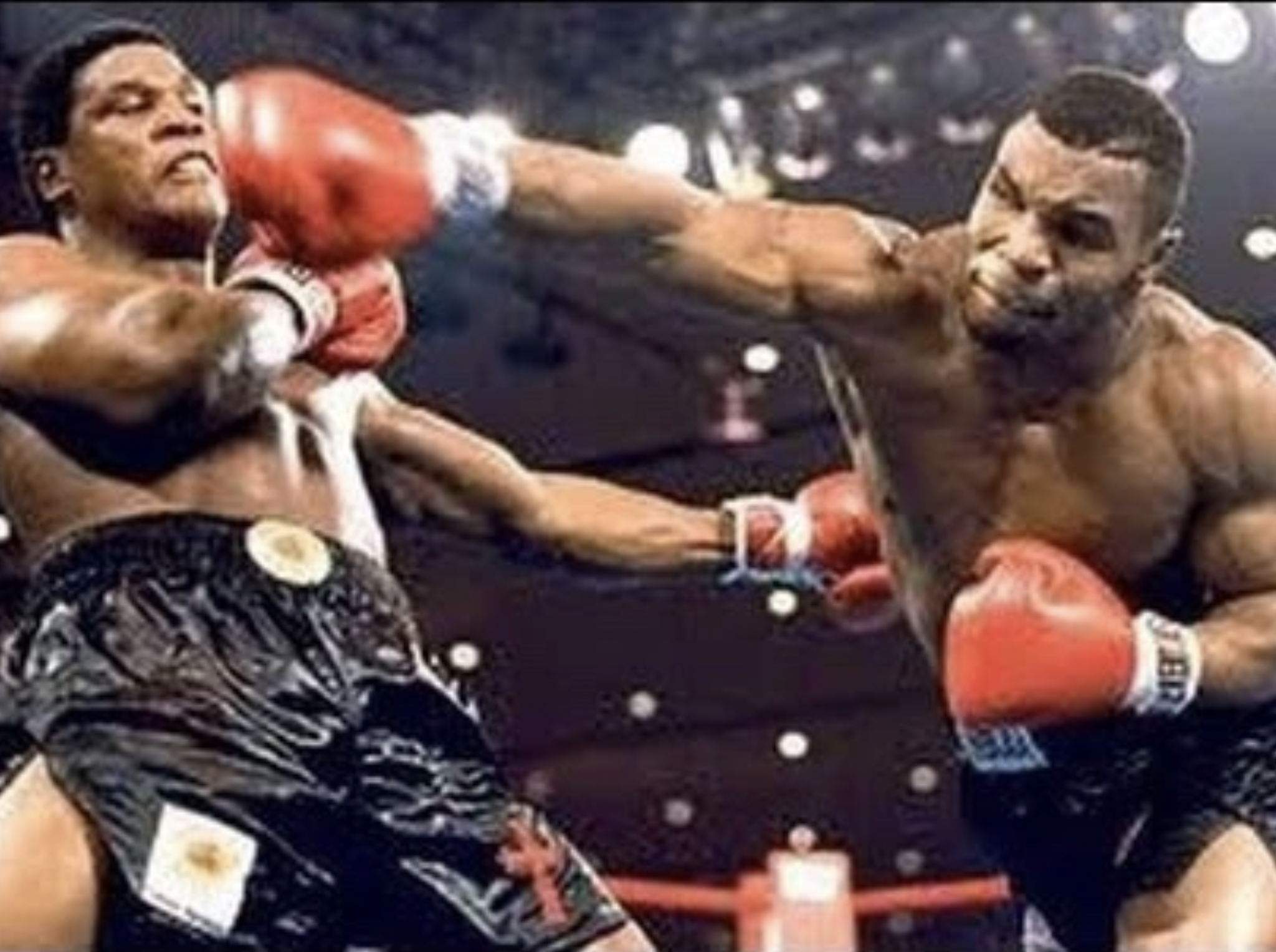
Ever wonder how a simple looking golf swing can produce so much speed and power? The answer may lie in the biomechanics of throwing a punch.
Below is an image of a boxer throwing a right handed hook. Note the direction the body moves to produce maximum force towards the target.

As the boxer pulls back his arm, there is not an excess wind-up or big turn to create power. His body is now geared to go forward and around into the opponent. His body would stay mostly level throughout the motion.
Now lets apply this simple concept to the golf swing. At address, the player would have his upper body and mass positioned behind the ball. In the picture below, note the green line indicting his mass back behind the blue baseline over the ball.
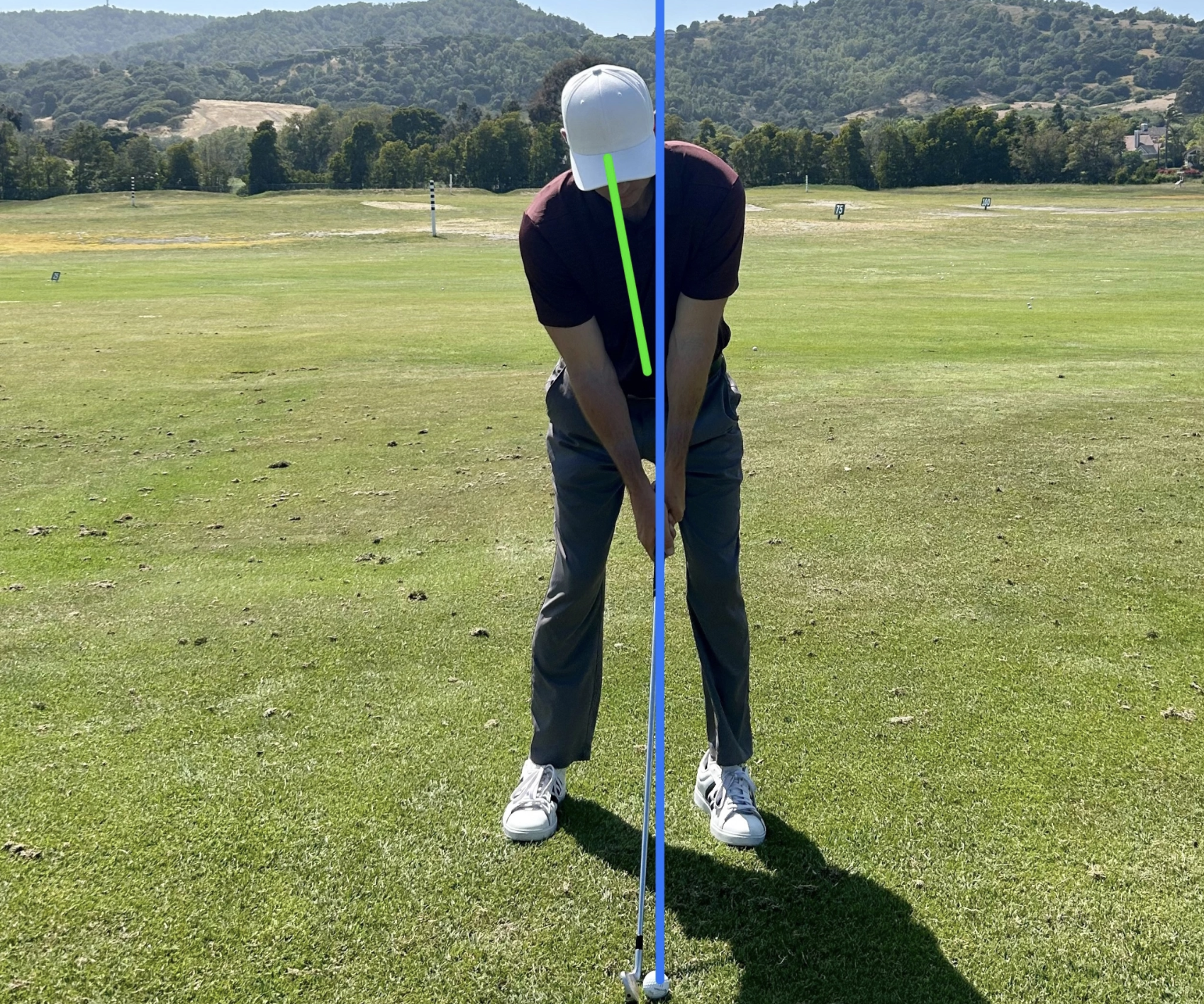
From here, the player can coil around his center, much like a boxer positioned ready to punch.

Now the body can go forward and around towards the target, pulled by the arms. Note the body finishing ahead of the blue baseline.

A body that has a lot of left side bend or “tilt” in the backswing, will naturally counterbalance in the downswing. This will often result with the upper body falling back in the downswing. (Pictured below)
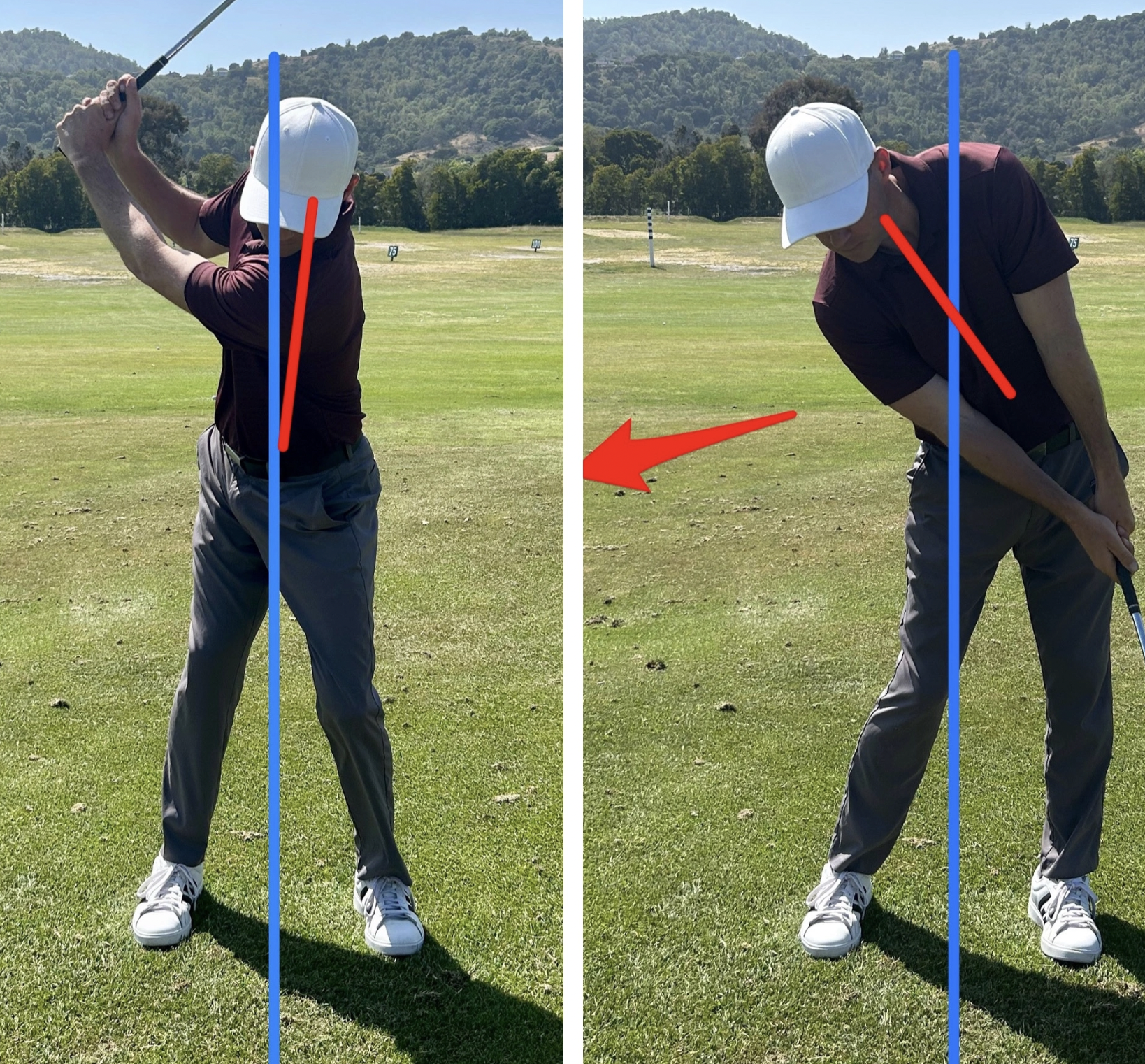
The pattern above would equivalent to attempting to punch forward with your arm while your body is moving backwards. Next time you are looking to make a swing change, first check the movement of your body, and see if it is as simple as boxer throwing a powerful punch.
Twitter: KKelley_golf
- LIKE23
- LEGIT7
- WOW0
- LOL0
- IDHT2
- FLOP0
- OB0
- SHANK7
Instruction
How to set up to the golf ball: Why grip, grip pressure, and posture are crucial
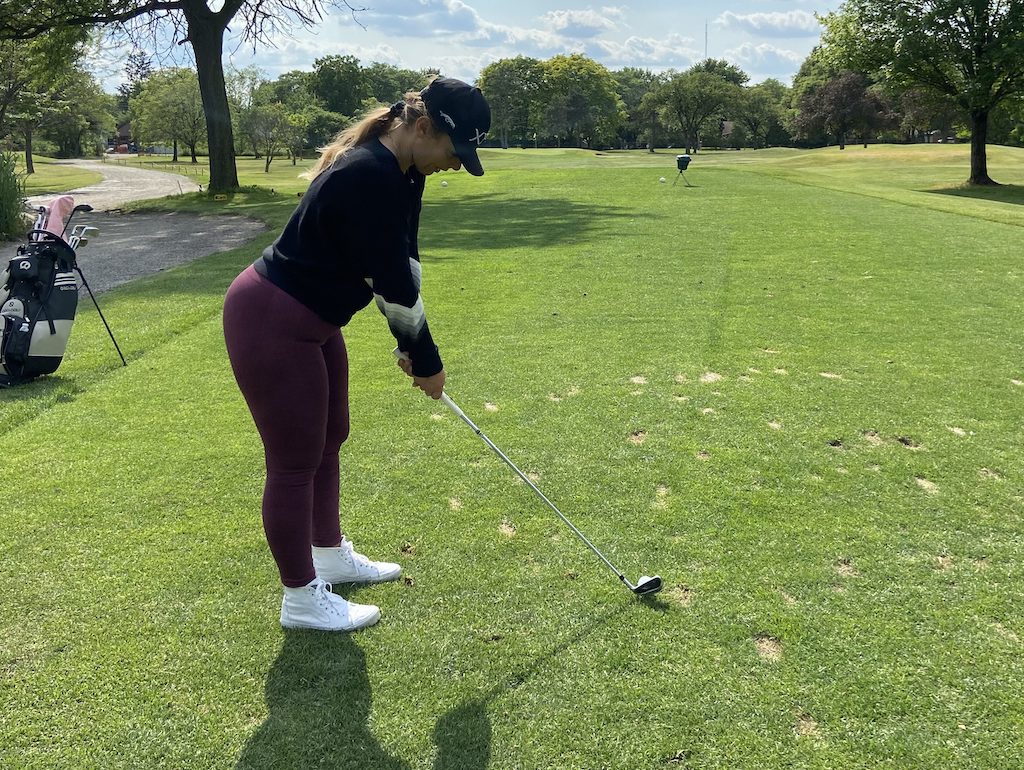
When we are playing a round or hitting balls on the range over a long period of time, we tend to grip the club tighter, stand up, and quickly lose the ability to maintain posture during the golf swing.
As players, with the spine angle out of posture, we overcompensate in many ways. The first thing that many players do poorly, as a result of poor posture, is grip tighter and stiffen the arms. These are the two biggest culprits that will inhibit consistency and any innate ability to set up well and brush the grass. Gripping tighter also leads to poor use of the body’s bigger muscles ie. the core. The spine angle in good posture will activate the core regions and enhance the body’s ability to coil, thus allowing the transfer of weight from the trail to the lead side.
In the quest to better ball striking, our first priority is understanding the importance of grip strength and grip pressure. Our second priority is posture and always initiating the proper spine angle by bowing forward from the hip (pelvic tilt) and letting the arms hang. After positioning the spine angle, check the body’s alignment )ie. shoulders, hips, knees, and feet) by positioning them parallel to the target line. This process composes the beloved and all-important set up.
How to set up to the golf ball: The basics
Our ability to set up and control grip pressure is the source of our ability to play well and consistently over time.


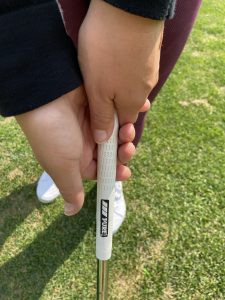
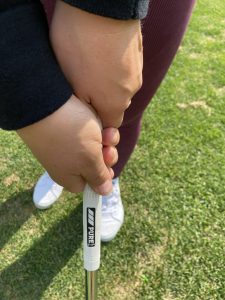
The first essential step is setting the grip in the lead hand
The main pressure points to focus on in gripping with the lead hand are, first and foremost, in the initial placement of the club’s grip in the fingers and allowing the top of the grip to rest on the palms pad. The first pressure point is in the lead pointer finger behind the shaft and the second pressure point is when we let the club rest on the palm’s pad. The lead thumb is the third pressure point. Proper grip strength is determined by trial and error swings.
As we grip the club in the trail hand, it is important to grip lightly and in the fingers with the right thumb pad placed on top the left side of the grip. For reference, there are markings on all golf gloves to help each player understand where their grip should be placed.
The essential second step is bowing from the hips to create the spine angle
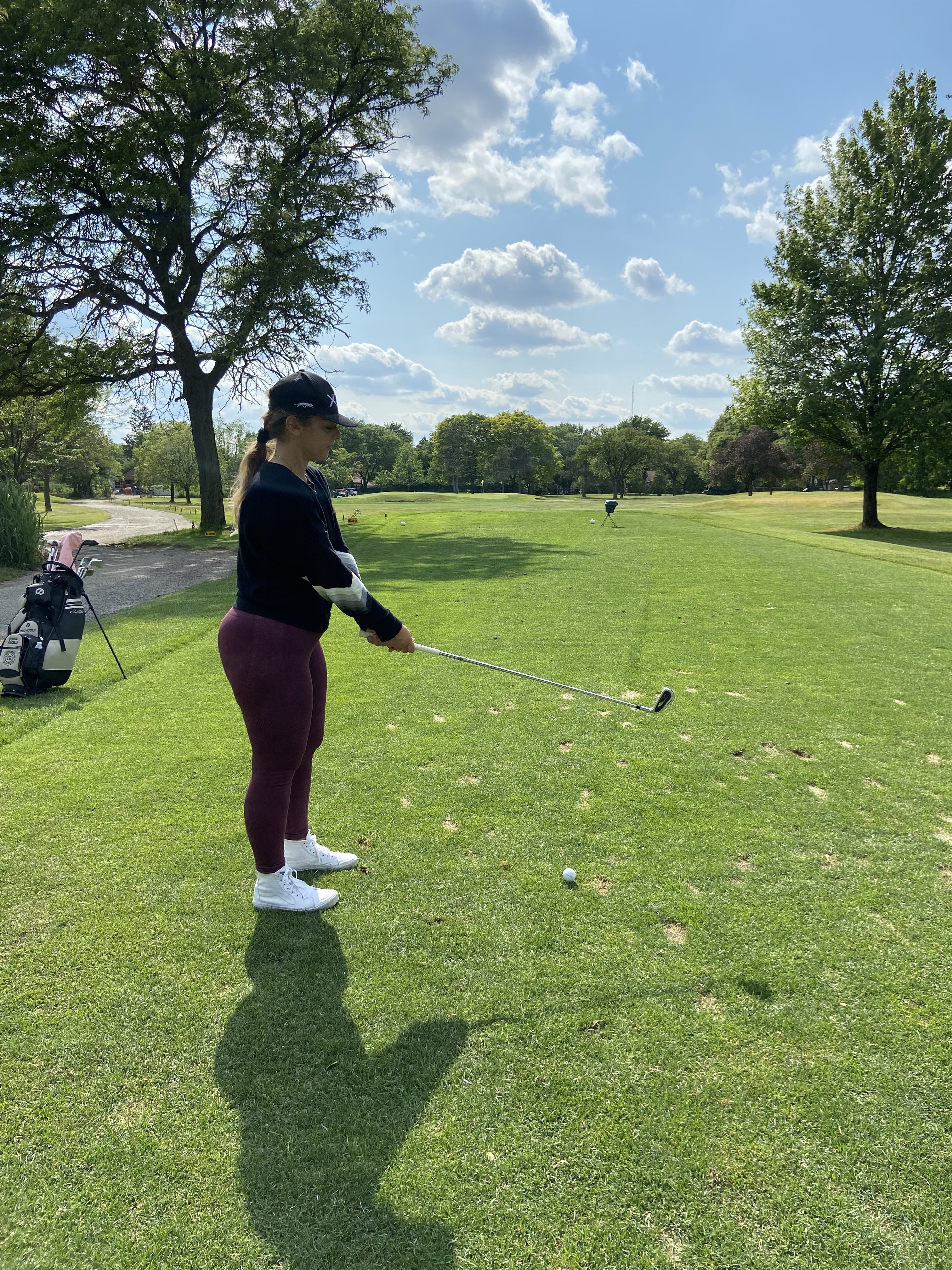

As we bow, the focus is to aim the leading edge perpendicular to the target line. Looking at the first groove of the club (if it is an iron) can help the eyes focus on this step. A lot of mistakes happen when our eyes start looking around while we do this instead of focusing on an intermediate target and using our eyes to line up the leading edge to that point. Being thoughtful in this process is key and just try to make sure the club isn’t wiggling around.
In the bow, with our shoulders just over the toes, we can see if the club is resting in good relationship to the body. Understanding the distance our body should be to the club is huge. This alone can make or break our ability to strike the ball well. Keeping one hand width from our body to the club is a general rule of thumb throughout the entire bag. The space in which we stand to the club shouldn’t change. What changes is the length of the club in our hands.
These components culminate the very first steps we take to hit a shot. This is the essence of set up, which generates our best chances to develop consistent shot patterns to the target. As a result of properly managing these components, we can begin to maintain accuracy and easily repeat our movement patterns to get the ball close to the target. We can also begin to self-correct our misses if we are accountable with these steps.
Foot width and ball position
Lastly, in the set up we step our feet to the ball’s position and generally maintain a stance that is approximately shoulder width. After gripping and bowing the next thing a player needs to do is step to the ball position. This will impact the club’s ability to generate loft, also depending on the chosen club. Generally, a driver ball position is forward in the stance. The mid-iron ball position is mid stance and most full-swing wedges are played just back of center with a more narrow stance. Taking the time to better understand the components of set up and ball position will generate 100 percent of our success to better ball striking.
A final word
Take some videos of yourself and look at the body from head to toe. Is your setup in a ‘Z’ or ‘S’ formation? Where is your weight in your shoes? Heels, mid-shoe, or toes? Does your setup look like an ‘H’or ‘C’? Is your weight too far in the heels or toes? In my experience, it is easier to maintain posture in the golf swing and overall athleticism by keeping the stance’s pressure points more forward in the mid-shoe to the toes. This enhances the pelvic tilt and the arms’ ability to hang. Therefore, posture throughout the swing improves and we are less likely to grip so tight.
Any questions? Book a lesson with LPGA instructor Donna Fiscelli through her booking site.
- LIKE37
- LEGIT8
- WOW2
- LOL1
- IDHT0
- FLOP0
- OB0
- SHANK8
Instruction
Clement: Snap that driver for 300-yard drives!

PGA Tour Coach and Golf Channel Academy instructor, Shawn Clement, shows you how insanely adapt your arm anatomy is to get consistent releases when you allow it to happen in the direction you want the ball to start!
- LIKE4
- LEGIT1
- WOW0
- LOL1
- IDHT0
- FLOP1
- OB1
- SHANK7
-

 19th Hole2 weeks ago
19th Hole2 weeks agoTiger Woods delivered stinging message to major winner after denying him lift on private jet
-

 Whats in the Bag2 weeks ago
Whats in the Bag2 weeks agoSeamus Power WITB 2023 (June)
-

 Whats in the Bag3 weeks ago
Whats in the Bag3 weeks agoOmar Morales WITB 2023 (June)
-

 Whats in the Bag3 weeks ago
Whats in the Bag3 weeks agoBlayne Barber WITB 2023 (June)
-

 Whats in the Bag3 weeks ago
Whats in the Bag3 weeks agoBen Carr WITB 2023 (June)
-

 Whats in the Bag2 weeks ago
Whats in the Bag2 weeks agoTom Hoge WITB 2023 (June)
-

 19th Hole3 weeks ago
19th Hole3 weeks agoJournalist alleges this is the ‘unforgivable’ act Phil Mickelson committed against Pat Perez and his wife
-
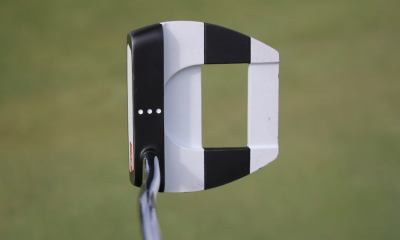
 News2 weeks ago
News2 weeks agoKeegan Bradley’s winning WITB: 2023 Travelers Championship













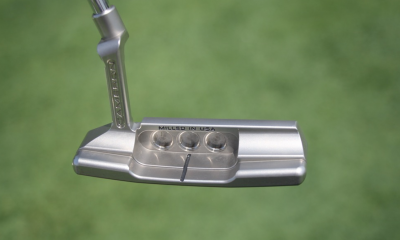





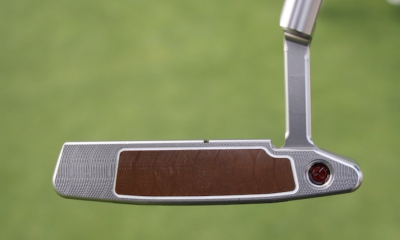

geohogan
Apr 22, 2022 at 7:20 pm
Totally agree. During a long spell of the putting yips
hit 15 greens in regulation, with 6 three putts .. shot 78.
When cause and cure was explained to me a few years later, yips corrected in 30 minutes.
“There is no similarity between golf and putting; they are two different games, one played in the air, and the other on the ground.”
— Ben Hogan
Bob Jones
Apr 19, 2022 at 9:51 pm
You’re not going to break 100, or 90 consistently, until you get a better swing. Short game and putting don’t help you if you waste strokes getting the ball up to the green. When the handicap gets to 12-13 is when the greens game needs to be emphasized.
LOWEBOY
Apr 19, 2022 at 2:46 pm
For me, I need to be able to execute the shot I have just made perfect practice swings on. Literally perfect practice swings, then chunk, blade, etc. Frustrating. And practicing wedges on the range, a no-go. So inconsistent it’s annoying and not productive. I may get four to ten shots from a bucket of balls that are hit the way I intended them to be hit, and not one after the other, so I have no idea what I did correctly or incorrectly to get the desired results. I get bored on the range, and prefer playing instead, and I know I need the practice, I just wish I could pull off back to back to back to back shots with a wedge so I can gain some consistency.
I am 52, so maybe when I grow up I will be able to have decent wedge game. It’s only those shots that take me out, too. I can drive well, hit good irons, have always been a good putter and can read the greens well, just lack the wedge game.
I saw a video recently, adopted that technique, and am making better contact and have better form, but now I hit the shot further than I did before. More learning ahead.
One thing I have also learned recently, is spine angle makes a huge difference in my game. If I have the roundness, my shots are all over the place. Spine angle in a good place along with the shoulders, I can strike the ball much better, and that includes the wedge shots.
Jay_Jay
Apr 23, 2022 at 3:41 pm
@Loweboy,get a shag bag, fill it with the balls you game on the course, and find a quiet park (or your club, if you’re a member of one) to just hit a bunch of different wedges/short irons.
Tinker with: swing length, choking-down on the grip, how much to open or close the face at address, and see what those different changes do to your flight and roll.
Range balls just don’t feel or behave the same when hit, in my experience.
Plus, it’s cheaper than burning 10+ bucks at the range trying to do the same thing.
Richard Dean Johnson
Apr 18, 2022 at 5:03 am
My alignment stick is basically 4 feet long. Lay it down on the putting green to indicate 4 feet from the cup. Stick a tee in the ground at 4 feet. Lay the stick down again to indicate 8 feet. Stick a tee in the ground to indicate 8 feet. You can leave the alignment stick laying between the 4 and 8 foot tees if you like, but now your 3 ball putting effort can easily identify 4, 6, 8 feet. Do four sets of 3 ball putting at each distance. Eventually lay the stick down again to indicate 12, then 16, then 20 feet, etc..I usually feel by 16 feet if I can’t center the ball on the face of the putter two putts can become very testy.
Speedy
Apr 14, 2022 at 3:13 pm
The Golfing Machine by Homer Kelley is all one needs.
“Sustain the lag.” – Ben Doyle